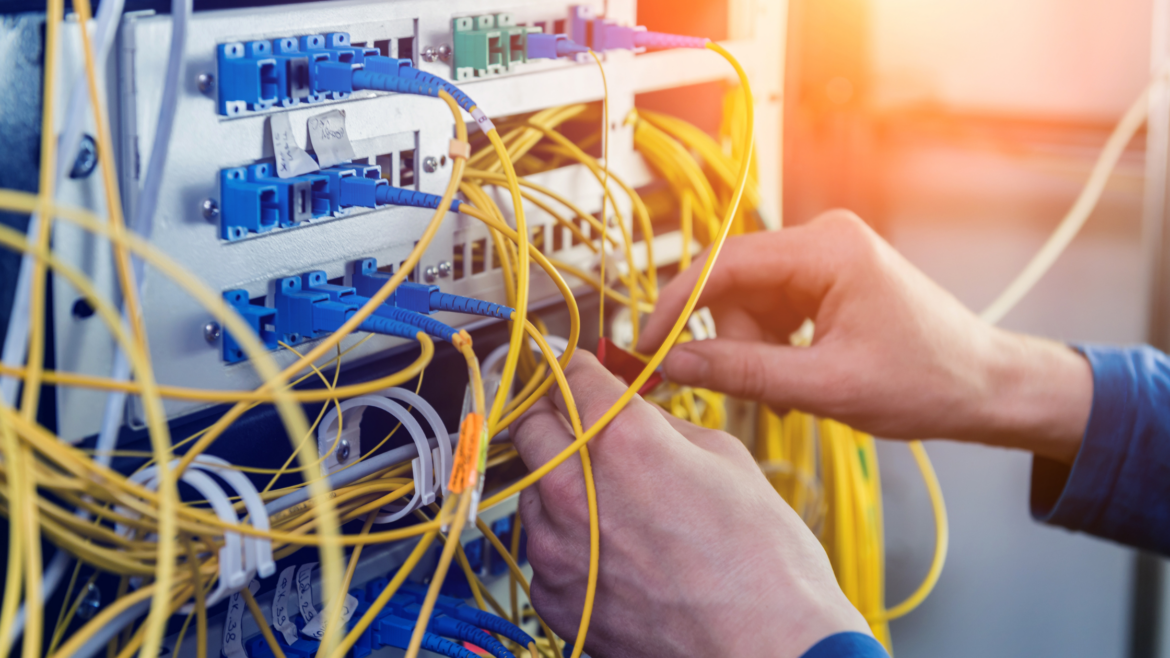In the ever-evolving landscape of telecommunications, the rapid pace of technological advancements often outstrips the adaptability of existing systems. Legacy architectures, should swiftly adapt to new technologies and meet the escalating demands of consumers and businesses, leading to the emergence of the promising concept of Open Digital Architecture (ODA), to revolutionize network infrastructures and operations.
The year 2024 is shaping up to be a transformative phase for the telecommunications industry, marked by a convergence of technological advancements and strategic initiatives. As the world hurtles toward greater connectivity and innovation, the top five trends for the telecom sector in 2024 are steering the industry towards unparalleled growth and adaptability. 5G Evolution
Introduction The advent of 5G has ushered in an era of unprecedented connectivity, speed, and efficiency in the world of telecommunications. This leap forward, however, brings with it a complexity that demands a sophisticated approach to network management. In this context, understanding the roles and interactions of various network management components – Element Management System
AI-powered defense is gaining massive popularity in the modern-day network security landscape. With more organizations adopting digital channels for business operations, the need for foolproof network security is evident. Artificial intelligence (AI) has taken over various industries to facilitate companies in enhancing task efficiency and minimizing labor costs. However, the increasing dependence on online tools
In the digital era, where seamless and efficient communication forms the backbone of our interconnected world, understanding the nuances of network protocols is more than just technical jargon; it’s essential knowledge. Among these, TCP (Transmission Control Protocol) and UDP (User Datagram Protocol) stand out as the fundamental protocols that govern data transmission across the internet.
In our hyper-connected world, the telecommunications industry stands as a pillar of global connectivity. It enables communication, facilitates commerce, and fosters innovation on a scale never seen before. Yet, beneath the seamless communication and convenience it offers, there lies a pressing issue: the industry’s voracious appetite for energy. As one of the largest consumers of
Telecommunications networks serve as the backbone of modern society, facilitating communication, data transfer, and connectivity on a global scale. As the demand for seamless, high-speed connectivity grows, the importance of robust telecom infrastructure becomes increasingly critical. Transforming Passive and Active Infrastructure with AI Telecom networks comprise both passive and active infrastructure elements, such as cell
A cellular network is a network of handheld mobile phones (cell phones) in which each phone communicates with the telephone network by radio waves through a local antenna at a cellular base station (cell site). Energy efficiency (EE) challenges are a way for individuals, businesses, and communities to measure their energy use and make changes to reduce their consumption by AI supported software
In the ever-evolving landscape of technology, two formidable forces have emerged as the driving catalysts for innovation: 5G and Artificial Intelligence (AI). These two pillars, distinct in their own right, are profoundly intertwined, relying on each other for mutual growth and development. The synergy between 5G technology and AI/ML (Machine Learning) is not only reshaping










